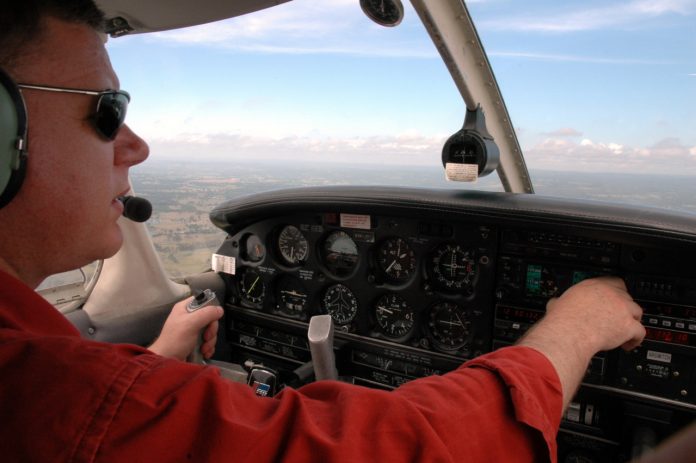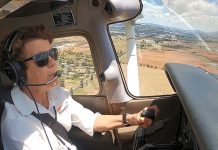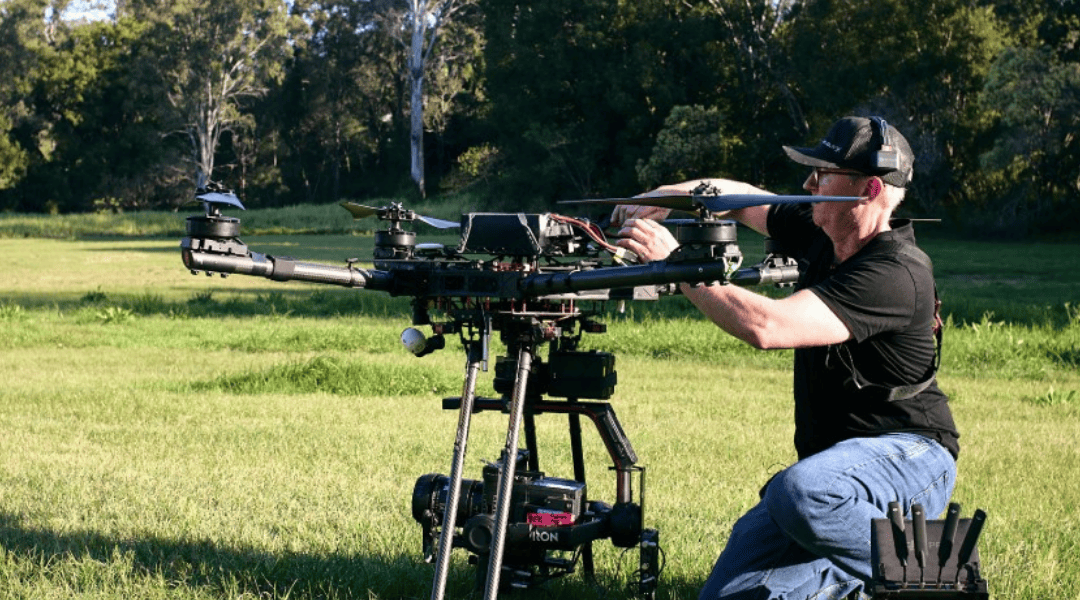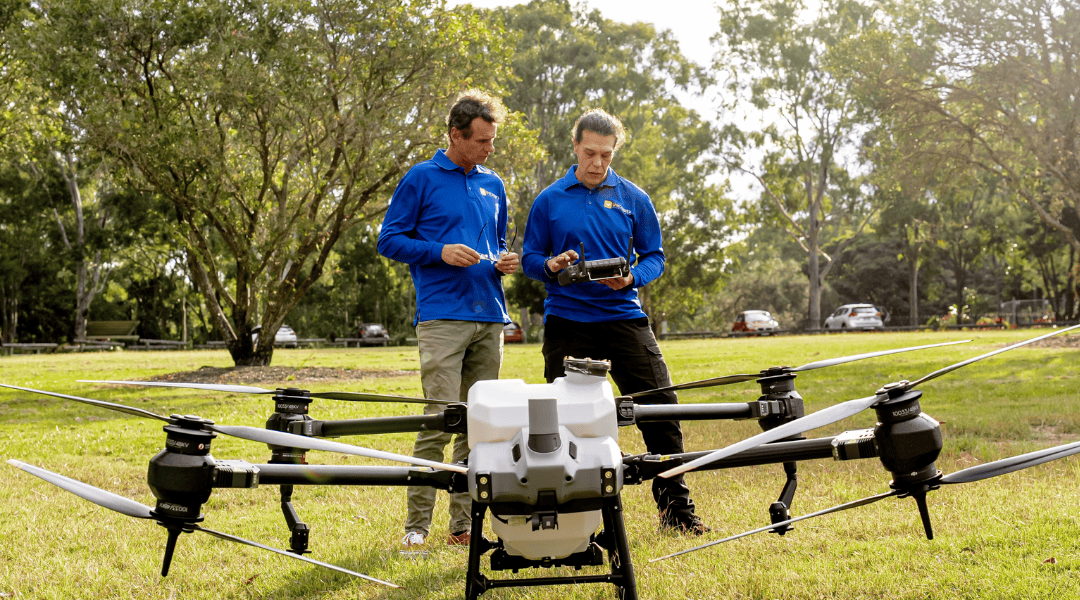‘You can take a pig and teach it to fly, but it will still be a pig.’
This golden comment, uttered to me by a fabulous ‘old school’ instructor back in 2011, has never left me. I’d just finished a tail-wheel endorsement and was about to take a Citabria solo for the first time. Having flown my regulation three circuits with my instructor, he mentioned as we were taxiing back in that there would be a circuit direction change soon, as the sock was swinging like Frank Sinatra, and for me to keep my eye on the wind.
Sure enough, as I took off on 06, flew one circuit and felt the wind change. I noticed on downwind the sock was favouring 24. As this was a non-towered aerodrome, I made a radio call to the other aircraft in the circuit along the lines of, ‘traffic in the circuit, ABC, the sock is favouring 24, departing circuit to change directions.’ The two other aircraft in the circuit replied, ‘Copy that, I’ll depart upwind’ and ‘Roger, I’ll depart downwind and rejoin on the dead side.’
As I rejoined on crosswind, I observed that the sock was now showing around 10 knots in favour of 24. As I turned downwind for 24, I noticed an aircraft taxiing towards the 06 threshold. When I noticed the aircraft lining up for 06, I called, ‘aircraft lining up for 06, ABC, downwind 24, do you have me sighted?’ to which he replied, ‘Yep. She’ll be right, I’ll be away before you’re on final.’ He proceeded to take off on 06, in my direction, with a 10-knot tailwind.
Back at the club, I discussed the incident with my instructor and a few students milling about, aghast at the pilot’s decision to take off in the opposite direction with three aircraft in the circuit and a tailwind. I said, ‘What was he thinking?’ to which my instructor replied, ‘He wasn’t. He was probably just too lazy to exit the runway and taxi to the other side and because he was in a high performance aircraft, he knew he could get away with it. It’s an airmanship issue.’ And then he uttered the pig comment, which really made me think.
As a mere 200-hour pilot, it struck me that airmanship is a behaviour, rather than a learned set of rules. I realise this is obvious, but as I struggled to remember which part of the syllabus taught airmanship, it occurred to me that no part of the syllabus taught airmanship specifically. While airmanship is mentioned during our training—and admittedly has a large presence in the subject of human factors—like safety it is a culture, rather than a stand-alone subject. Which led me to thinking: airmanship, then, is a form of manners. Just as manners are taught to us by our parents, and to a lesser extent by our schools and our society, then airmanship must be taught by instructors (our proxy parents) and, to a lesser extent, our flying school and the aviation community at large.
If airmanship is a culture, then just how is it taught? And if a specific instructor hasn’t been taught airmanship skills, then do they pass those poor skills down to their students, just as parents pass their deficiencies down to their children?
Eight years later, as I am casting my mind back through the (many) instructors with whom I’ve (mostly!) had the privilege to fly, it’s clear that the emphasis on airmanship varies enormously between individual instructors. At one school, starting your engine with your tail facing the hangar was an instant fail on a test, whereas at another, not cleaning your windscreen before a test would lead to the testing officer to cancel the flight. Both are examples of airmanship, and both have safety implications (as anyone who has tried to land at dusk with a dirty windscreen will know).
With multiple accidents pointing to poor airmanship as part of their cause, poor airmanship is more than a minor annoyance at the airport—it’s a safety issue.
What is airmanship?
ICAO’s definition of airmanship is:
The consistent use of good judgment and well-developed skills to accomplish flight objectives. This consistency is founded on a cornerstone of uncompromising flight discipline and is developed through systematic skill acquisition and proficiency. A high state of situational awareness completes the airmanship picture and is obtained through knowledge of one’s self, aircraft, environment, team and risk.
Discipline is the foundation of airmanship. The complexity of the aviation environment demands a foundation of solid airmanship, and a healthy, positive approach to combating pilot error.
The principals of airmanship are demonstrated when applying the knowledge of aviation to the act of flying. This knowledge is broken into categories:
- knowledge of aircraft (deep understanding of aircraft sub-systems, emergency procedures, cockpit automation, aircraft flight characteristics and operating limits)
- knowledge of environment (understanding the physical environment—weather, terrain, human factors—and their effects on aircraft control)
- understanding the regulations (understanding the organisational environment and the challenges posed to airmanship)
- understanding risk (understanding the risks to discipline, skill and proficiency, knowledge, situational awareness, judgement, aircraft, self).
Aviation knowledge is comprised of a combination of skills and attitudes, both of which make up the type of pilot we become.
Skills are divided between:
- physical (flying handling, navigation, emergency and recovery, instrument proficiency, survival)
- management (complacency bias, handling automation, information management skills)
- communication (active listening, appropriate phraseology, vigilance in monitoring communications)
- cognitive (understanding and maintaining situational awareness, problem-solving, decision-making, self-assessment)
- team skills (leadership initiative, interpersonal skills, decision-making).
Attitudes are personality based and are comprised of:
- professionalism (understanding the values and principles of airmanship)
- self-improvement (developing the motivation needed for life-long learning, understanding the requirement for self-assessment in flight, developing the will to achieve performance excellence)
- discipline (in terms of flight preparation, vigilance/look-out, maintaining situational awareness, operational and regulatory policy, post-flight evaluation and stress management).
What causes poor airmanship?
A combination of poor skills and poor attitudes can lead to poor airmanship as well as a negative culture of airmanship, which can be passed down from instructor to student, or from school to student.
A Sydney-based instructor, who asked to remain anonymous, said he believes training standards and poor instructor conditions are responsible for declining levels of airmanship. ‘Training standards aren’t what they were, especially in recreational aviation. In order to save a buck, people are rushed through the syllabus by instructors who are not old enough to have life experience. Most of these young instructors are not looking to make a career in teaching; they’re rushing towards the airlines, using instructing merely to build hours. I don’t blame these young ones—instructing, especially at a grade three level, is poorly paid and doesn’t offer much job security. It’s the system that’s broken. Airmanship is an attitude, a culture and absorbing culture takes time.’
The FAA Pilot Handbook of Aeronautical Knowledge lists a series of hazardous attitudes which can lead to poor airmanship and offers the appropriate antidotes to combat these dangerous attitudes.
| Hazardous attitudes | |
| Hazardous attitude | Antidote |
| Anti-authority: ‘The regulations are for someone else’) | ‘Follow the rules. They are that way for a reason’ |
| Impulsivity: ‘I must act now, there’s no time’ | ‘Not so fast. Think first’ |
| Invulnerability: ‘It won’t happen to me’ | ‘It could happen to me’ |
| Macho: ‘I’ll show you. I can do it’ | ‘Taking chances is foolish’ |
| Resignation: ‘What’s the use?’ | ‘Never give up. There is always something I can do’ |
How can good airmanship be taught?
The CASA syllabus has put an increasing focus on human factors and threat and error management in order to teach elements of airmanship. The Human factors resource kit (https://www.casa.gov.au/safety-management/publication/safety-behaviours-human-factors-pilots-2nd-edition) is a 10-part resource made up of booklets and videos, with a focus on safety cultures, communication and information processing. However, while the syllabus aims to improve our understanding of the human elements that can compromise our safety, it cannot directly teach manners.
If airmanship is a culture, then it needs to be taught in aviation communities. While flying schools do have a responsibility to teach their students the importance of fine airmanship, they cannot always monitor their former students, post training.
In an attempt to promote the importance of airmanship, insurer QBE has implemented an Airmanship Program which directly interacts with aviation groups, such as type clubs, as well as communities, via events and seminars.
‘Air safety and safe skies affect all of us,’ QBE’s aviation industry advisor Julian Fraser says. ‘QBE’s Airmanship Program echoes this mission and is all about promoting professionalism and safety in all aspects of flying. It grows from the knowledge and skill applied to aerial navigation and includes a range of important behaviours and abilities: skill, competency and discipline are the hallmarks of airmanship which, when strongly developed, has a valuable role to play in reducing aviation accidents.’
Airspace, like any public space, is bound to have a percentage of rude, arrogant and impatient people. The difference is that in the sky, an absence of manners, courtesy and respect for procedure can kill. Maybe offenders should be forced to wear a snout.
Further information
https://www.aopa.org/news-and-media/all-news/1999/september/flight-training-magazine/hazardous-attitudes
http://aviationknowledge.wikidot.com/aviation:airmanship-model
https://www.aopa.org/news-and-media/all-news/2006/august/flight-training-magazine/the-art-of-airmanship
https://www.skybrary.aero/bookshelf/books/752.pdf






Good article.
Airmanship is a dying art like common sense.
Sadly RA gets a stab here, as usual, and again in the comments above. What the big knobs don’t realise is that in non controlled airports like Dubbo a small time RA pilot might be doing their best to learn and build p time while watching one airline after another push their way in and out using opposing runways, ETA’s that are ahead of their actual, straight in approaches on opposing runways with down winds etc etc. A fine example the other day was a SAAB making it’s first call at “6miles south” when in fact they were 4 miles east, then immediately calling base onto 05. Yes, this was a right base without notice (no “right base” mentioned in call) then the SAAB pilot proceeded to try CTAF frequency over and over to get the PAPI going (there’s a seperate frequency at YSDU). So had anyone been rolling on 23 this as a communication failure and airmanship disaster unfolding.
I spend a lot of time in the air and have over 30 years of experience with RAAF and CPL time, but the majority of airmanship issues i see and hear on CTAF are RPT and the university type training organisations, not RA.
So maybe people in glass houses shouldn’t throw stones, and maybe CASA articles need not be so opinionated or divisive and stick to facts?
Careful there jack, don’t agree with me too much you’ll upset Laurie, he’s rather sensitive ya know -:)seems some of the Pvt pilots I speak of are ex Airline or current ATPL drivers, gee really? Wow now who would have thought that? -:)
Excellent reply to a typical arrogant walter comment Laurie!
what a hero, 200 hours and saving the day!